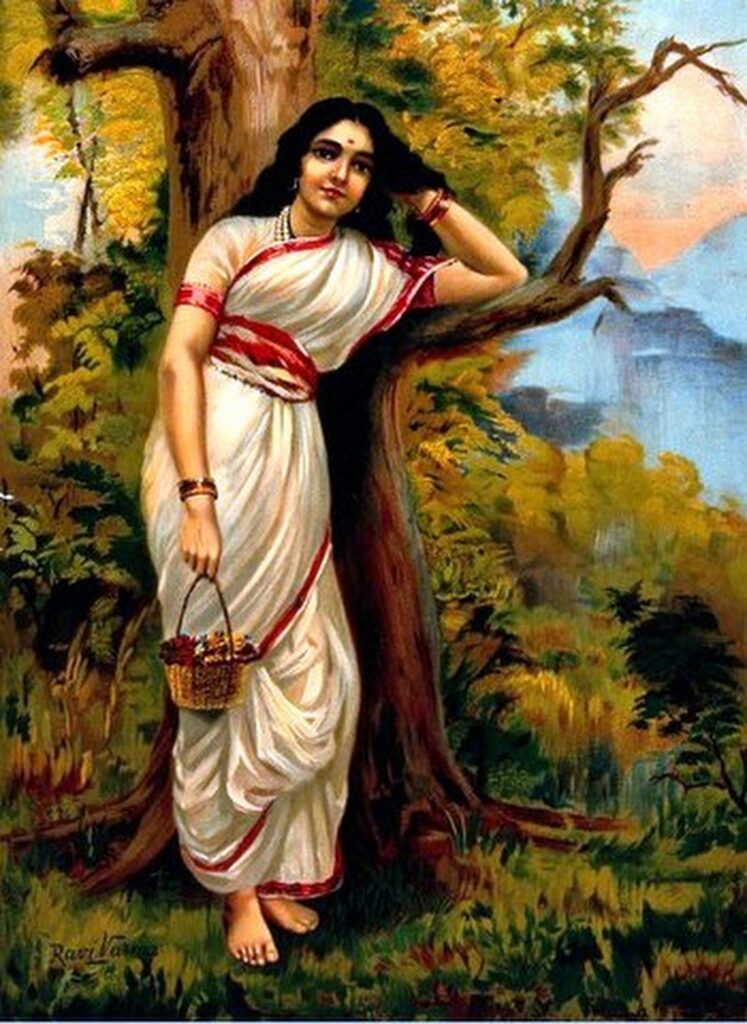
Ahalya/Ahilya, is one of the most tragic characters in Indian mythology and has been a
subject of several social debates over the decades. Lord Brahma created Ahalya, a princess of
the Puru dynasty as the most beautiful woman. According to the Valmiki Ramayana, Ahalya
was married to a great sage Gautama, much older than her. When Lord Indra saw Ahalya he
was besotted by her beauty and desired a union with her. He realised this was not possible
because Ahalya was a devoted wife and so Lord Indra seduced Ahalya by treachery.
Indra visited Ahalya in the form of sage Gautam who was away for meditation and made
passionate love to his wife. When Gautama returned home and saw Ahalaya and Indra on bed
together, he was enraged and cursed Ahalya to be carved into stone who will regain her
human form when Lord Rama will step in her space.
Post Tataka encounter when Rishi Vishwamitra, Lord Ram and Lakshman on their way to
Janakpuri for Sita swayamvar, take a wrong road and come across Ahalya statue. Nobody is
willing to walk that path but Lord Ram on his guru’s insistence moves forward and Ahalya
regains her human form, attains moksha.
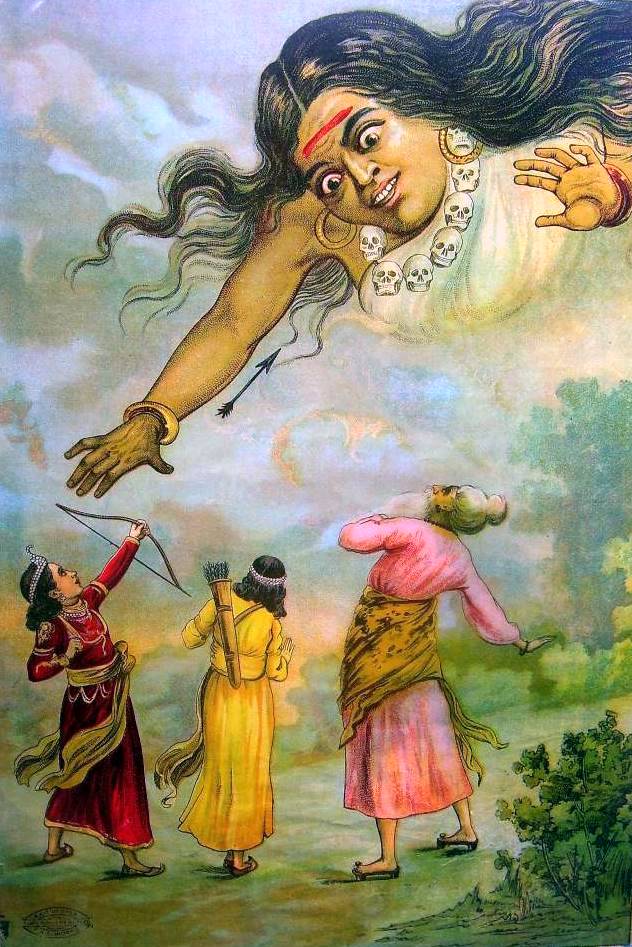
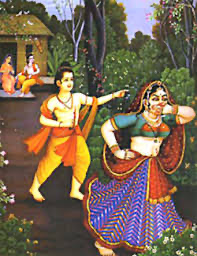

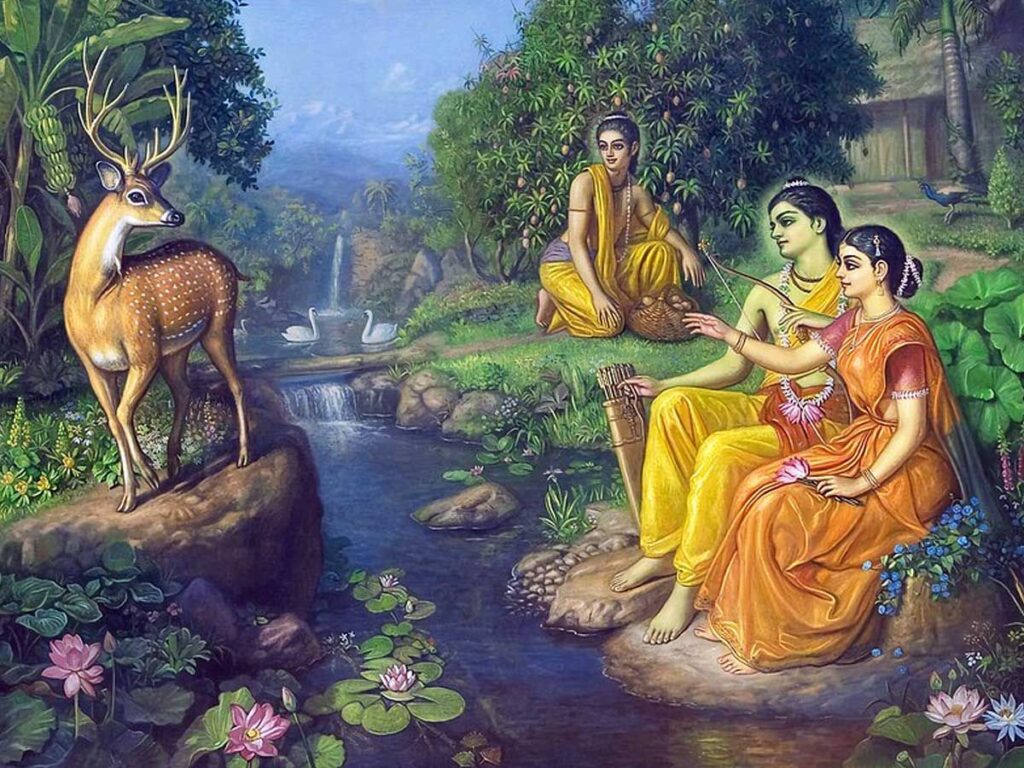
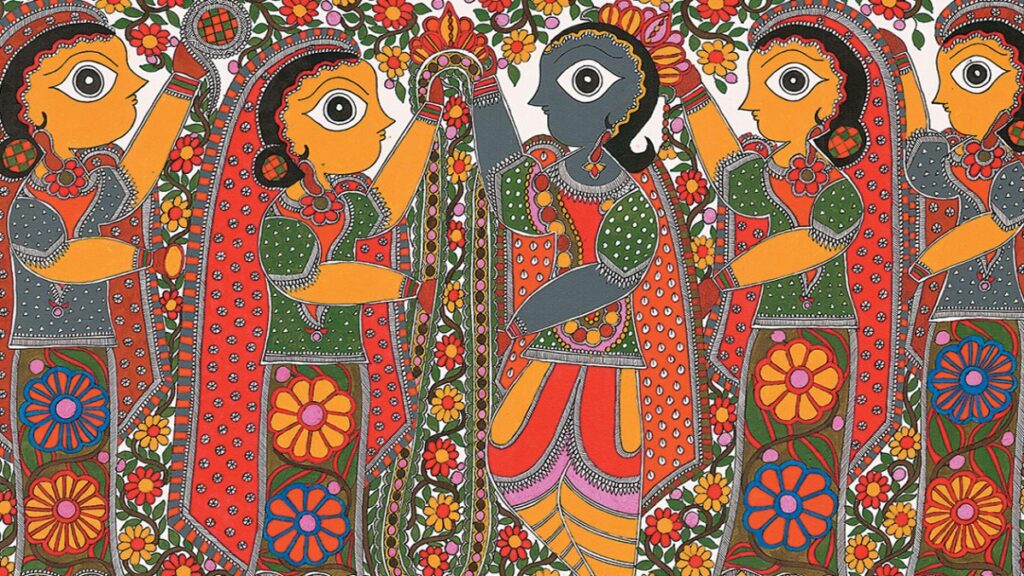

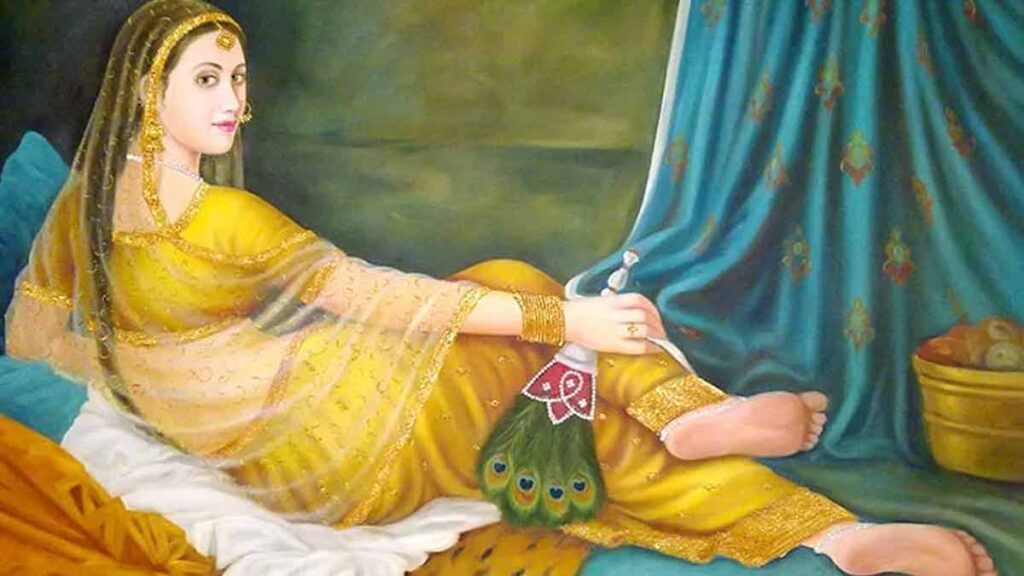
Recent Comments